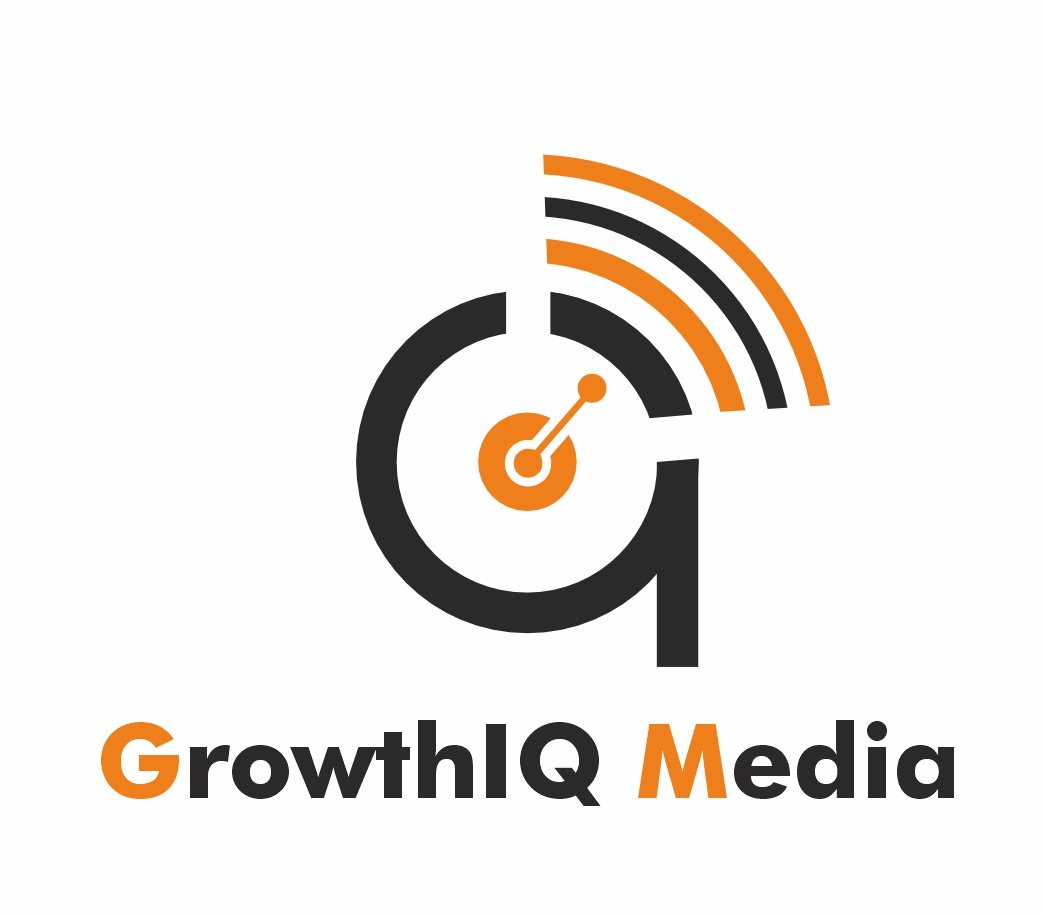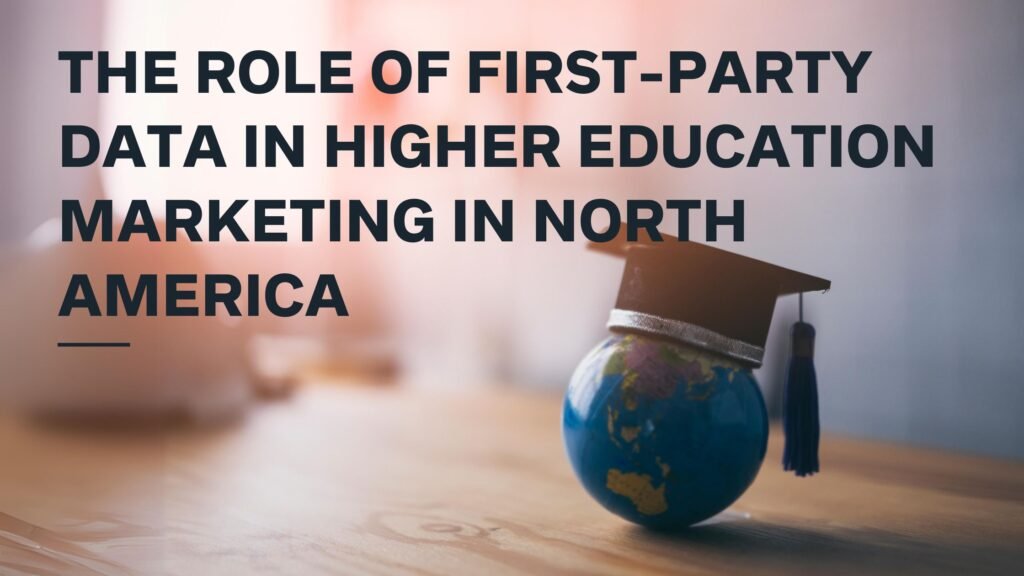It is noteworthy, however, that today’s higher education market is gradually shifting toward higher competition. Universities are competing for the intended learner, student, client, and other stakeholders to enhance enrollment, retention, and learning. First-party data, which is the data gathered by direct communication with users via the website, CRM(Customer Relationship Management), and other digital channels, has become an essential tool for data-driven decision-making in higher education marketing.
This article will provide an overview of the first-party data source, methods of its acquisition, its significance, and the tendencies that are likely to influence marketing in the higher education context.
Introduction to First-Party Data in Higher Education Marketing
First-party data refers to information collected by the provider directly from the customer in this case the students through their interactions. This type of data can come from website analytics, CRM platforms, student inquiries, surveys, and other engagement touchpoints. Unlike third-party data, which is purchased or obtained from other sources, first-party data is unique to your institution and, therefore, more reliable and relevant for personalized marketing campaigns. “In today’s data-driven world, first-party data is essential for understanding customer behavior and preferences,” said Scott McGuiness, CMO at Salesforce.
For higher education marketers, leveraging first-party data allows for better-targeted strategies, personalized communication, and improved overall marketing performance.
Why First-Party Data is Essential
In the face of evolving privacy regulations, institutions are increasingly shifting toward first-party data as third-party cookies lose relevance. First-party data provides several distinct advantages:
- Ownership and Control: Higher education institutions own and control their first-party data. This reduces dependency on third-party sources and gives marketers full access to the data they need for analysis and strategy development.
- Relevance: Because first-party data is collected directly from your audience, it is more accurate and reflective of the actual needs, preferences, and behaviors of potential and current students.
- Regulatory Compliance: With stricter privacy laws such as GDPR and CCPA, using first-party data ensures that institutions remain compliant with regulations while still obtaining valuable insights for marketing.
Collecting First-Party Data
Methods of Collection
First-party data can be collected through various methods, each offering unique insights into student behavior and preferences:
- Web Analytics: Tools like Google Analytics allow you to track student interactions on your institution’s website, including page views, form submissions, and time spent on key sections.
- Customer Feedback: Surveys, feedback forms, and chat interactions provide qualitative insights into what students want and expect from your institution.
- CRM Data: A robust CRM system allows institutions to track student inquiries, enrollment stages, and personalized communication histories. This data is essential for retargeting efforts and nurturing prospective students throughout their journey.
Tools and Technologies
- Google Analytics: Provides comprehensive data on student behavior, traffic sources, and content engagement.
- HubSpot CRM: Helps manage and nurture leads by collecting data from every student interaction, from initial inquiry to enrollment.
- Customer Data Platforms (CDP): CDPs like Segment centralize data from multiple platforms, enabling institutions to create detailed student profiles and track their engagement across all touchpoints.
Benefits of First-Party Data in Higher Education Marketing
Personalization and Engagement
First-party data helps higher education marketers to develop individualized interaction promotions. Knowing how a particular student has engaged with the institution previously and what he or she enjoys, institutions can send out relevant updates and information to the student through e-mail, social media accounts, or a website that is appealing to the individual.
For example, if a student spends most of his time on content such as business degrees then some targeted email blasts to that student highlighting new business programs or success of alumni could get him more engaged and interested in enrolling.
Budget Efficiency
In general, first-party data helps the marketing teams to make more proper decisions regarding the expenditure of its budgets. In evaluating which marketing channels are most effective in prompting consumer engagement, one gets to avoid wastage of funds on certain channels, perhaps because they are not as effective as others. For instance, if data reveal that students make more inquiries from specific emails than social media ads, then the monies could be channeled to the former.
Enhanced Retention and Loyalty
First-party data doesn’t only assist in attracting students but also in retaining them. In combination with data on students’ satisfaction and activity during their time in your institution, it is possible to apply concepts of loyalty that will enhance retention. Category tools such as predictive analytics can help locate a student who is at high risk of dropping out and thus grab the attention of the marketer to ensure that the particular student is provided with much attention and contact to ensure that he/she stays in school.
Challenges and Solutions
Data Integration
One of the biggest challenges with first-party data is integrating it across various systems. Data often exists in silos—separate CRM, web analytics, and survey platforms—making it difficult to get a holistic view of student interactions. Implementing a unified data platform or using API integrations can help bring all this data together for more effective analysis and action.
Privacy Regulations
Compliance with privacy regulations is a key concern for higher education institutions. As laws like GDPR and CCPA become more stringent, marketers must ensure they are collecting, storing, and using data in ways that respect student privacy. This may include obtaining explicit consent from students for data collection and ensuring that data storage meets regulatory standards.
Case Studies:
Case Study: Spotify
Spotify’s use of first-party data through personalized playlists like “Your Top Songs” has revolutionized user engagement with the platform. In higher education, institutions can create personalized student portals or recommend extracurricular activities based on student interaction data, boosting engagement and satisfaction.
Case Study: Starbucks
Starbucks uses its loyalty program to collect and analyze first-party customer data, enabling it to offer personalized promotions. Similarly, higher education institutions can use alumni interactions and donations data to create loyalty programs that encourage continued engagement and financial support.
Conclusion
First-party data is a valuable asset for higher education marketers, enabling personalized communication, budget efficiency, and enhanced student retention. By collecting and analyzing this data, institutions can craft more targeted and effective marketing strategies. However, challenges such as data integration and privacy regulations must be addressed to fully harness the potential of first-party data. Looking ahead, advancements in AI and machine learning will continue to shape how institutions use first-party data to stay competitive and drive success.
FAQs
What is first-party data in higher education marketing?
First-party data refers to information collected directly from students, alumni, and prospects through interactions like website visits, form submissions, surveys, and CRM systems. It is owned by the institution and used to create personalized marketing strategies.
How can higher education institutions collect first-party data?
Institutions can collect first-party data through methods like website analytics (tracking page views, and inquiries), CRM systems (managing leads and communication), student feedback, and online forms or surveys.
How can institutions ensure data privacy and compliance?
To ensure data privacy, institutions must comply with regulations like GDPR and CCPA by obtaining explicit consent from users, securely storing data, and ensuring data usage is transparent and limited to agreed purposes.





Leave a Reply